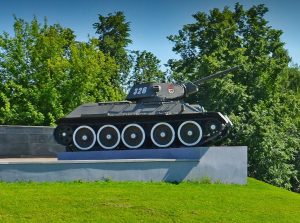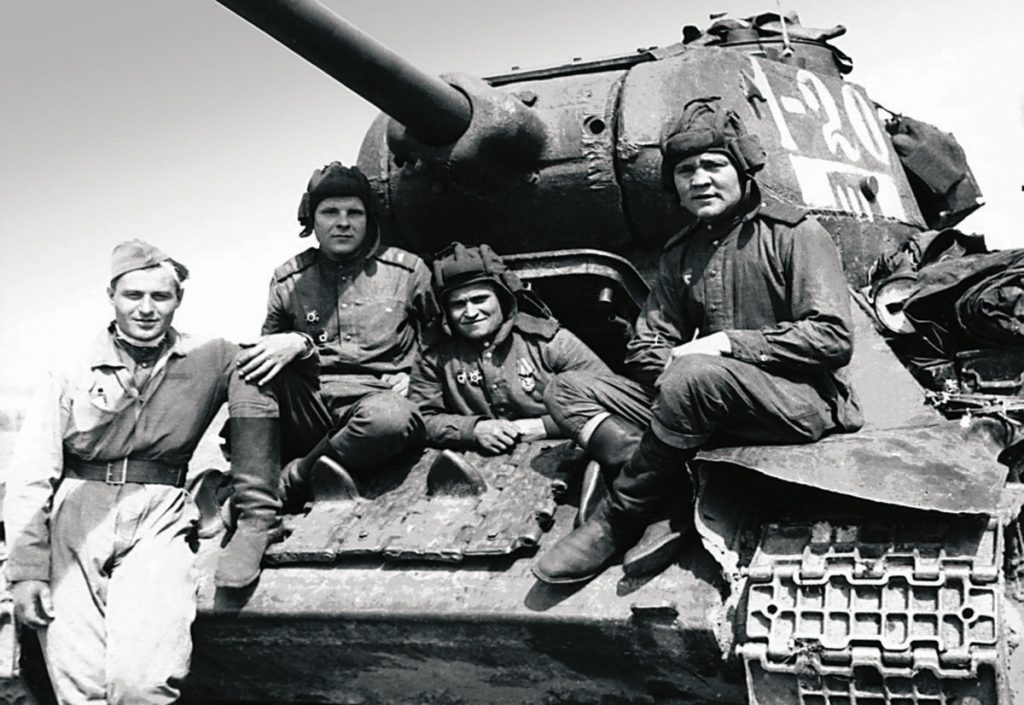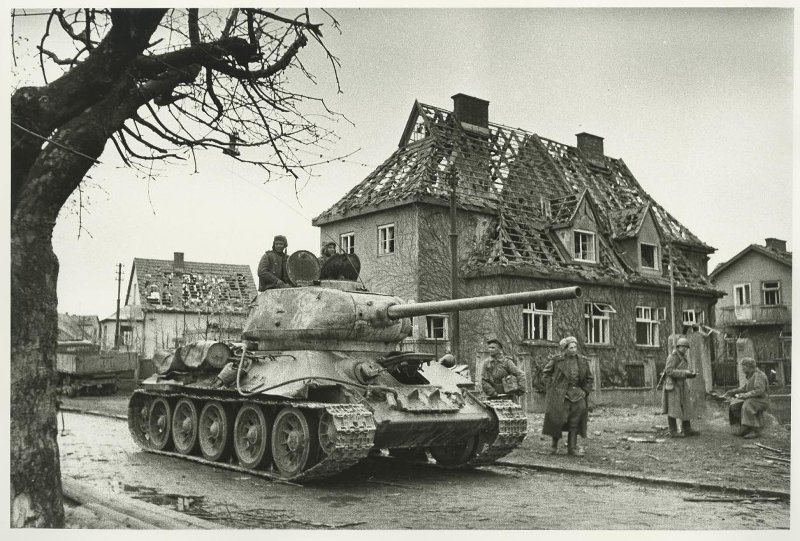T-34 Tank

The T-34 tank was one of the most significant pieces of military equipment from the 20th century and a major development during the Second World War. Its reliability, simple design, and high combat performance came as a surprise to enemies. Work on the tank started in the mid-1930s when the Soviet military needed to replace outdated models such as the T-26, T-28, and T-35, which were not effective on the modern battlefield. In 1934, the T-29 was presented, but it was too large and lacked certain features. The development of a new tank was assigned to Mikhail Ilyich Koshkin, the chief designer at the Kharkov Locomotive Plant. Koshkin created two prototypes: the A-20, which was wheeled and tracked, and the A-32, which was tracked only. The A-32 turned out to be more promising, with a 76-millimetre cannon, improved armor, and a diesel engine. During the Soviet-Finnish War of 1939-1940, tests confirmed the combat capability of the tank. After completion, it was designated as the T-34. Koshkin, the designer, conducted a test run on the Kharkov-Moscow route in March 1940. Following this, mass production began. By December 1941, a tank assembly line was established, producing up to 30 tanks per day. The T-34 was later upgraded, leading to the creation of the T-34-85 model with improved armament and armor. The T-34 was manufactured at several factories, including the Kharkov Plant and Stalingrad Tractor Factory. It played a significant role in the Great Patriotic War, becoming one of the most popular and effective tanks of its time. Today, it is represented in museums as a symbol of military history and technological advancement. A monument to the T-34 has been erected on the territory of the Victory Museum in memory of this tank.
Address: Moscow, Victory Park

